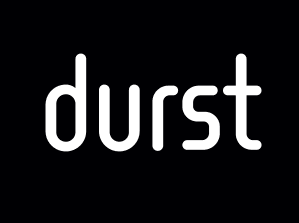At a macro level, food packaging is subject to extensive regulation, with risks in mind of food contamination, spoilage, foreign objects, and more. As a society, food production and packaging is a popular topic, whether it be treatments of chemicals used at the agricultural level, or cross-contamination during manufacturing, packaging, and preparation. Within this environment, we as industrial printers and packaging manufacturers are within the ripple effect, requiring us to deliver a high-quality product while protecting the consumer.
According to Smithers Pira, the food-grade ink market was worth $1.83 billion in 2016 and is growing at 6% each year. The growth of this market is due to pressure from brand managers, and regulators, resulting from increased consumer pressure. Each stakeholder requires a safe, effective, high-quality, and environmentally-friendly ink solution.
Introducing Water-Based Ink Technology
As printers and manufacturers, we focus on the permeability of materials, and the migration of printed inks. Consumer safety is a primary concern, while ensuring that packaging companies can print high-quality material to please brand managers.
Water technology is an approach, born of innovation and necessity, to introduce aqueous inks as an alternative to UV- and solvent-based inks and printer systems. Internationally, new directives and regulations have issued positive lists for applied chemicals and “green” solutions for packaging ink.
This aqueous-based ink technology offers odorless application, high-quality output, and most importantly, low migration properties. Ink migration can occur in four primary ways: condensation extraction or vapor migration when food items are cooked, migration caused by items being stacked or stored in a pile, or direct penetration by the ink into the substrate beneath it. Each of these scenarios are common situations food packaging is expected to withstand.
As we’ve eluded above, there are several players in this chain that have a hand in delivering a safe, high-quality product to consumers. It is imperative that all participants in the supply chain play a role in compliance and customer satisfaction.
The introduction of water technology to the food industry is a win for each stakeholder: printers, package designers, converters, and brand owners can all rely on high-quality, litho-like printing, while the consumer and regulatory bodies can rely on food safety and compliance.
Learn more about Durst Water Technology

